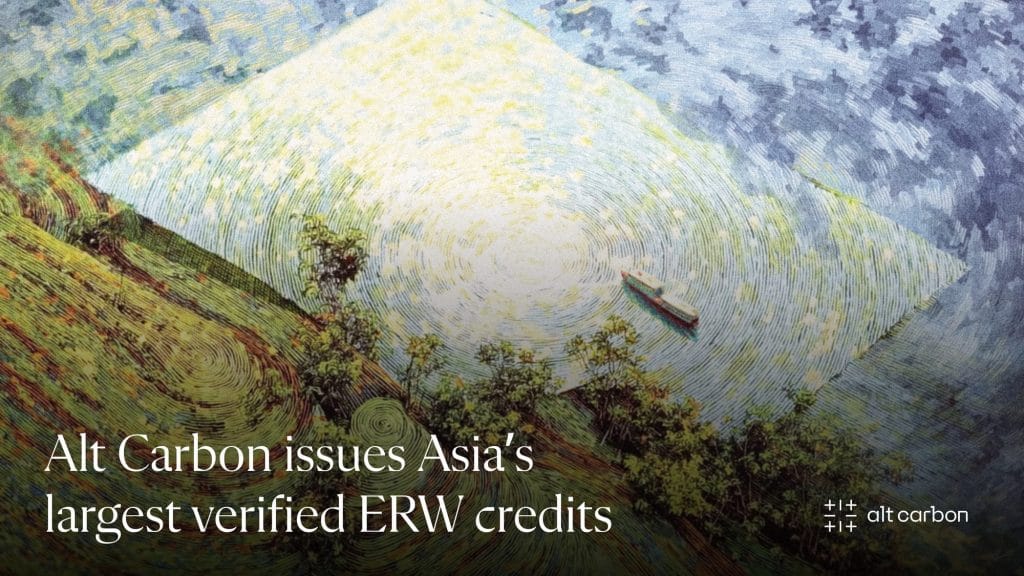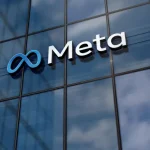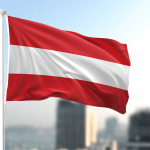Alt Carbon Issues Asia’s Largest Verified Enhanced Weathering Credits to Mitsui O.S.K. Lines

• Alt Carbon issues Asia’s largest batch of verified Enhanced Weathering CDR credits to Japan’s MOL, eight months after signing a 10,000-tonne multi-year offtake deal.
• Verification follows Isometric’s high-rigour Enhanced Weathering Protocol, adding scrutiny and transparency to the region’s emerging engineered removals market.
• The Darjeeling Revival Project is scaling toward 100,000+ acres and 100,000 credits annually from 2026, positioning India as a growing hub for engineered CDR.
A New Centre of Gravity for Verified Carbon Removal
A deeptech climate venture operating out of India’s tea-growing highlands has issued Asia’s largest batch of verified Enhanced Weathering carbon removal credits, with the first tranche delivered to Japanese shipping major Mitsui O.S.K. Lines (MOL Group). The credits, confirmed under Isometric’s Enhanced Weathering Protocol, form part of a multi-year agreement that commits Alt Carbon to permanently remove 10,000 tonnes of CO₂.
The issuance arrives just eight months after the offtake deal was signed, an unusually rapid cycle for engineered CDR. For a sector often slowed by verification lag, the turnaround provides a fresh data point on the speed at which scientific MRV systems can now operate when paired with continuous field measurement and transparent registry data.
Building a Carbon Removal Hub in the Eastern Himalayas
At the centre of the deal is the Darjeeling Revival Project, an effort to restore degraded soils across tea gardens and neighbouring rice-growing landscapes while embedding a large-scale engineered carbon removal model. Alt Carbon sources waste basalt, spreads it across participating farms, and models the geochemical pathway through which the rock reacts with CO₂ dissolved in rainwater. The reaction stores carbon as long-lived bicarbonate ions, which eventually settle as calcium carbonate in ocean ecosystems.
Farmers gain agronomic benefits: improved soil pH, nutrient availability, and, in early phases, stronger yields. For a region contending with rising temperatures, erratic rainfall, and soil degradation, the project blends adaptation and long-duration removals in a single operating system.
In parallel, Alt Carbon has expanded its Darjeeling lab and onboarded 60,000 acres, with a build-out plan targeting 100,000 carbon credits a year from 2026. All measurements — from soil chemistry to ocean alkalinity modelling — are logged on the publicly accessible Isometric Registry.
A Strategic Partnership for a Hard-to-Abate Sector
MOL Group is advancing a decarbonisation programme under its Blue Action 2035 strategy, which prioritises emissions intensity cuts of roughly 45% by 2035 and net-zero across the group by mid-century. Shipping remains among the toughest sectors to abate; access to high-durability CDR is increasingly part of the decarbonisation stack for companies with limited substitution options for deep-sea fuels.
For MOL, the issuance provides evidence that a frontier pathway can meet both scientific rigor and delivery timelines. Executives said the verification strengthens confidence in future batches, especially as the company evaluates long-term CDR allocations alongside fuel transitions and efficiency technologies.
Engineering the MRV Backbone
Enhanced weathering faces one of the most complex quantification challenges in carbon removal. Alt Carbon’s system integrates timestamped and geotagged sampling across labs, weather stations, and river catchments, with models that track alkalinity shifts as carbon moves downstream. The company collaborates with research partners including the Indian Institute of Science and Ashoka University to validate geochemical datasets.
This scientific infrastructure is central to growing trust in the method. It also positions India to offer high-integrity credits at a time when the voluntary carbon market is demanding far stronger transparency. Isometric’s involvement adds another layer of scrutiny, as the registry has become a reference point for buyers seeking rigorous removals over avoidance offsets.
RELATED ARTICLE: TD Bank Secures Multi-Year Forest Carbon Deal with Chestnut Carbon
A Global Buyer Base Looking to South Asia
The Darjeeling project has attracted early demand from Frontier — the multi-company advanced market commitment led by Stripe, Alphabet, Shopify, Meta, and McKinsey Sustainability — along with the NextGen CDR coalition, John Good Group, and multiple marketplaces. These buyers are part of a market that has expanded from roughly USD 300 million in 2021 to more than USD 10 billion in transacted CDR volumes today.
National rules and sectoral mandates are accelerating demand. CORSIA is now shaping aviation’s sourcing strategies, while Japan, Singapore, and Switzerland are embedding long-duration removal requirements in emerging regulatory frameworks. McKinsey estimates the global market for carbon removal could reach USD 300–400 billion annually by 2030.
India’s Broader Climate Finance Play
Alt Carbon frames its work as part of a larger push to channel climate finance into India’s agricultural regions. With domestic estimates suggesting USD 1 trillion is needed by 2030 for resilience and low-carbon transitions, engineered removals are being positioned as a dual-benefit sector: one that brings capital into rural economies while backing quantifiable climate impact.
Executives say the next 12 months will involve scaling the project to more than 100,000 acres across varied soil types and working with over 25,000 farmers. The company plans to launch a Carbon Removal-as-a-Service model across South Asia, using its field infrastructure, modelling tools, and planetary dashboard to enable wider adoption.
Why It Matters for Global ESG Decision-Makers
For investors and corporates navigating rising scrutiny around carbon credit quality, the issuance offers a case study in how engineered removals can be verified at speed and delivered in emerging markets. It also points to a shifting geographic landscape: the next tranche of high-integrity removals may increasingly come from South Asia, where land availability, agronomic need, and scientific partnerships can intersect.
As governments debate carbon market rules at COP gatherings, private actors are moving ahead with their own verification and procurement systems. That divergence is shaping a market where scientific transparency and operational delivery remain decisive. Alt Carbon’s project adds India to the short list of countries demonstrating both.
Follow ESG News on LinkedIn








